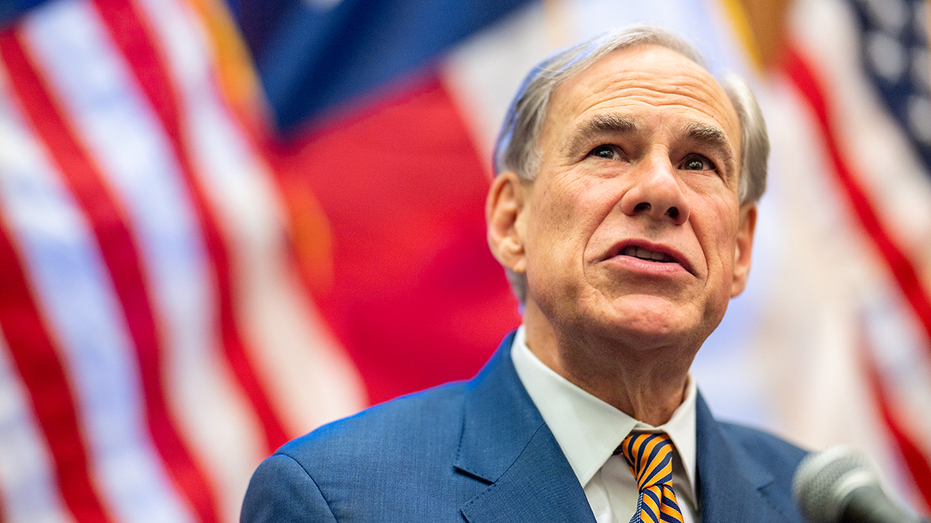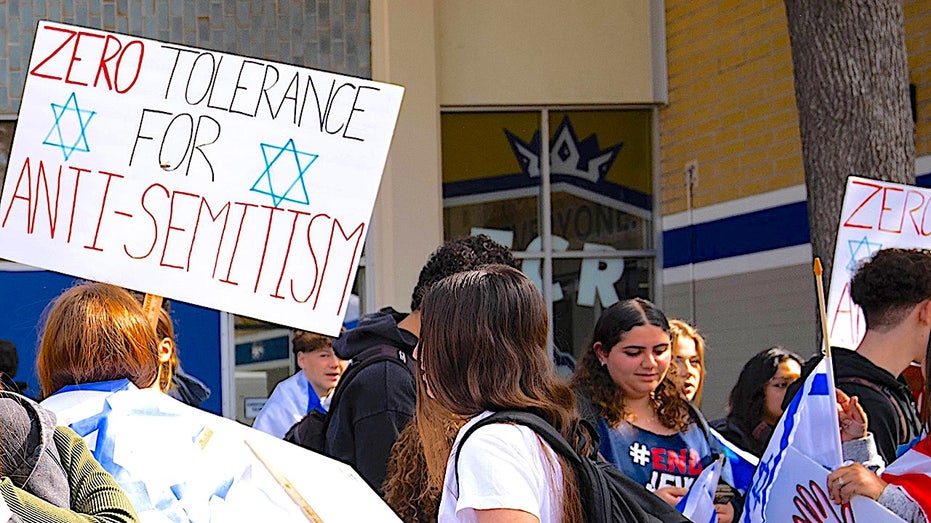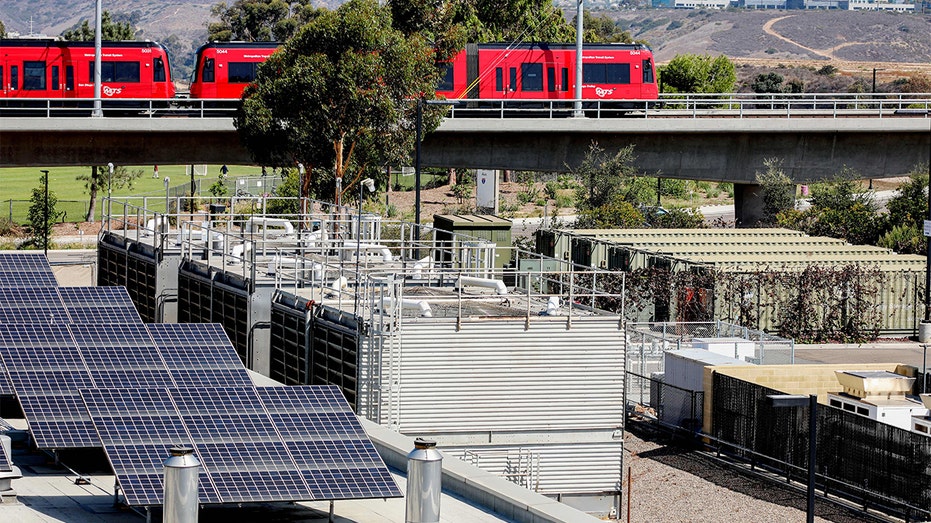The attempt on a former president’s life raises chilling questions, but perhaps none more urgent than this: how could someone with such a visible, alarming digital footprint slip through the FBI’s grasp? Thomas Crooks, the man who opened fire on Donald Trump in Pennsylvania, wasn’t a ghost. He broadcasted his increasingly radical views for years across a multitude of online platforms.
Claims by a former FBI Director painted Crooks as a shadowy figure with little to no online presence. Yet, a simple search – starting with his phone number – revealed a detailed history across YouTube, Snapchat, Venmo, and numerous other sites. This wasn’t a hidden life; it was a publicly accessible descent into extremism.
Crooks’ YouTube account, active for over five years, wasn’t filled with innocuous content. As early as December 2019, posts screamed violent intent, including all-caps declarations to “MURDER THE DEMOCRATS.” The rhetoric escalated, evolving into explicit calls for terrorism and assassination of political figures.
While expressing violent ideologies isn’t inherently illegal, it’s precisely the kind of activity that should trigger heightened scrutiny from federal law enforcement. The fact that these posts didn’t raise alarms, especially given Crooks’ proximity to successfully carrying out an assassination attempt, is deeply troubling.
In August 2020, Crooks detailed a chilling strategy: infiltrating essential buildings with explosives and targeting politicians and military leaders. This wasn’t idle chatter; it was a blueprint for violence laid bare online. The question isn’t whether his words were protected speech, but why they weren’t flagged as a potential threat.
A thorough investigation is now critical, extending beyond Crooks himself. It must examine his past, any potential collaborators, and the actions – or inactions – of the FBI personnel responsible for monitoring such threats. The current leadership also warrants scrutiny, given the apparent failures in this case.
The circumstances surrounding the attack are already shrouded in uncertainty. From questionable Secret Service deployments to puzzling congressional testimony regarding whether shots were even fired, a wave of conspiracy theories has erupted. These doubts only amplify the need for transparency.
Concerns about the FBI’s effectiveness aren’t new, dating back to organizational changes implemented after 9/11. Promises of reform under recent administrations haven’t yielded the expected results. The nation deserves to understand why progress is so slow and why a clear threat was seemingly overlooked.






